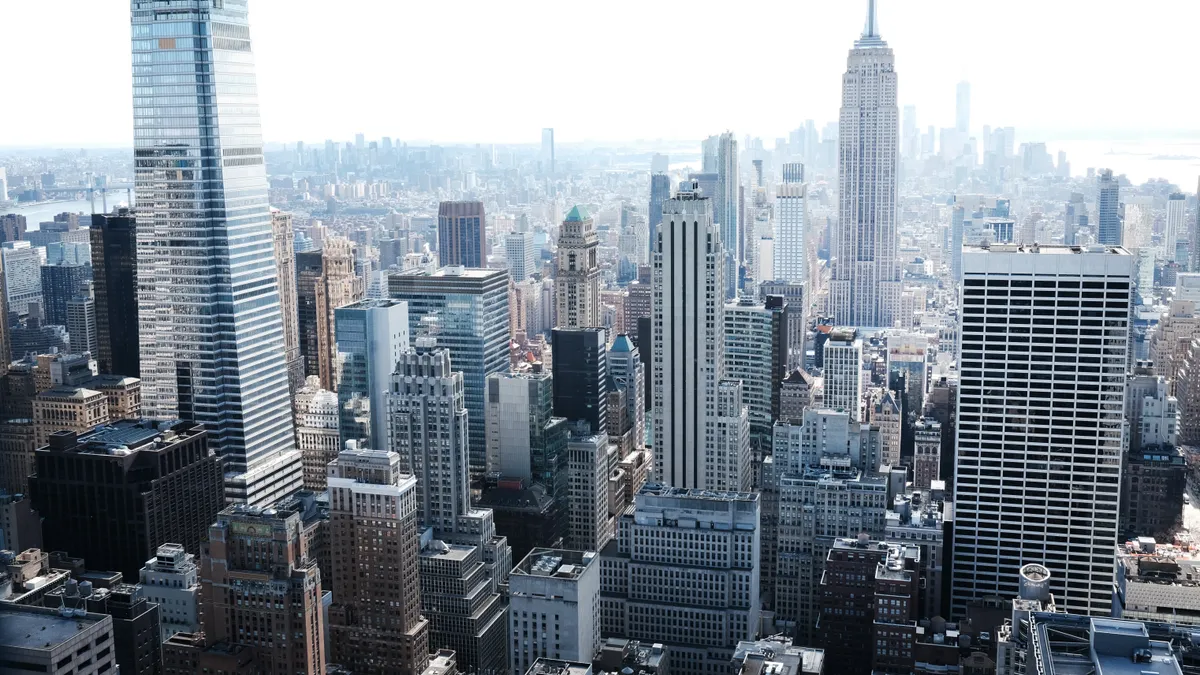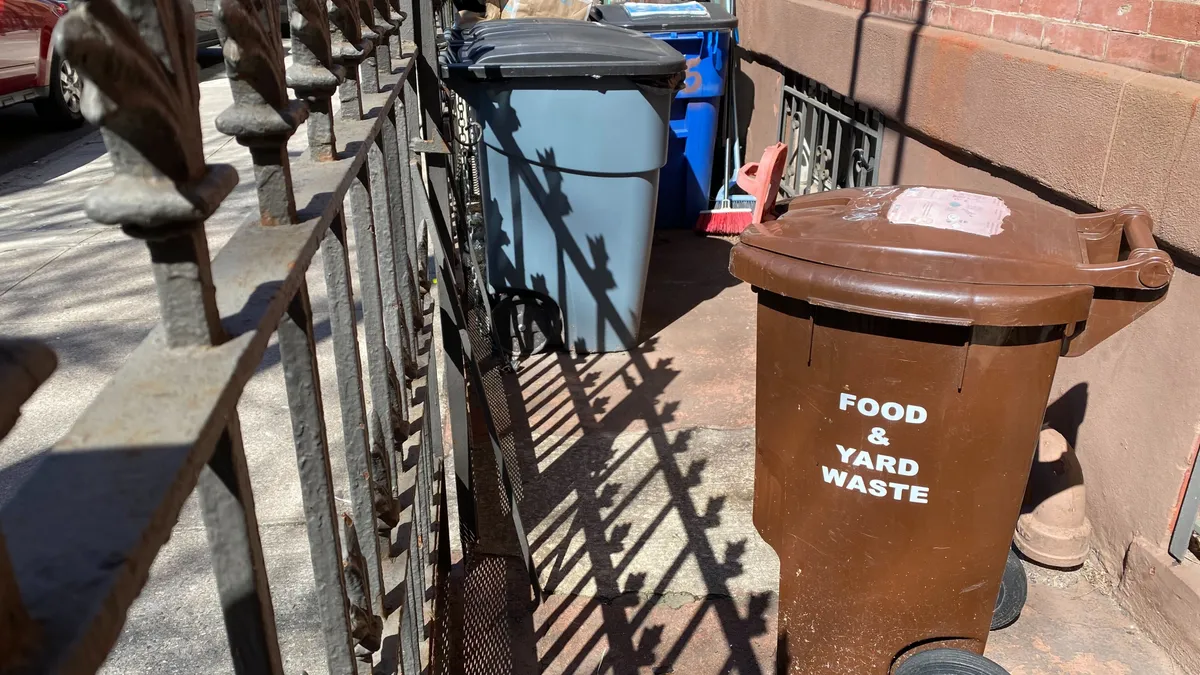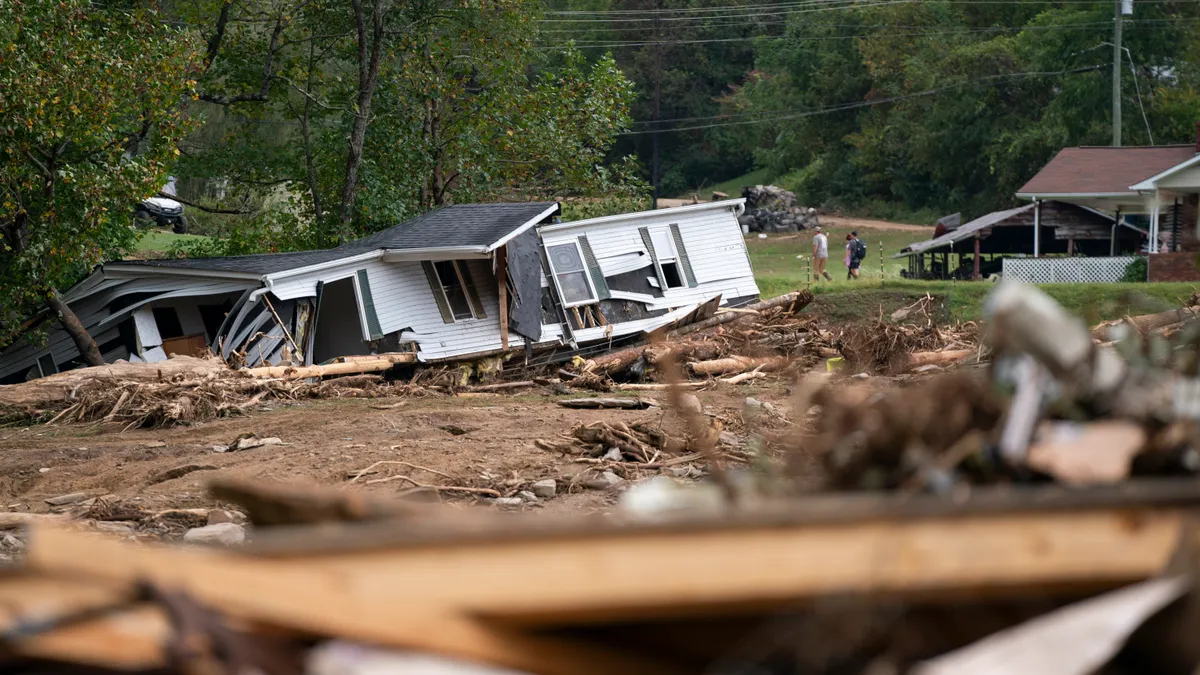The following is a contributed article by Kevin Parker, New York State Senator in Brooklyn District 12 and NYC Comptroller Candidate, and Richard Berkley, Executive Director of the Public Utility Law Project.
Because of the extreme economic consequences of the COVID-19 pandemic, New York’s economy, particularly for vulnerable households, is not likely to recover before 2030.
In 2020, New York’s unemployment tripled and tens of thousands of small businesses shut down never to open again. Daily life "paused" due to the economic devastation wrought by COVID-19 and New York’s residential energy (electric and gas) consumer debt ballooned, increasing 73% to $1.22 billion between February of 2020 and February of 2021. For context, that is twice the amount of utility debt as the Great Recession at its worst point and does not count the recently uncovered $187 million in arrears owed on Long Island alone. Since New York does not systematically track other utility industries, it also does not include the millions of consumers deep in water, internet, cable and telephone arrears statewide.
To protect unemployed, underemployed, "furloughed" or otherwise financially vulnerable New Yorkers affected by COVID-19, the State Legislature prohibited all electric, gas, water and telephone service disconnections due to non-payment. The Parker-Mosley Moratorium Act continued those protections until March 31, 2021. Although the Legislature passed an additional moratorium in late March 2021 and included broadband and cable, protection from service termination does not resolve the unprecedented debt crisis that is worsening while we await the recovery of our economy.
When the new shutoff moratorium and other actions to freeze student loans, loan payments, foreclosures and evictions eventually all end, there will be a tsunami of service disconnections for the millions of low-income and newly low-income New Yorkers. Those shutoffs and collection processes will destroy credit ratings, impair employability and the ability to get insurance, and will impede New York’s economic recovery for many years to come unless rapidly and responsibly resolved. Therefore, we ask: what can we do?
First, we – elected officials, the utilities, stakeholders and consumers – must work together to create an equitable way for consumer utility debt to be resolved. Forcing many financially and medically vulnerable households to make the impossible choices between putting food on the table, paying for housing, prioritizing healthcare or just keeping the lights on and taps flowing is morally wrong.
Complete and rapid residential and small business ratepayer relief is the fairest option. The federal government has spent trillions on bailing out multinational corporations through poorly-conceived aid packages and tax incentives that do nothing for our communities and New York’s low/fixed/moderate-income households other than stick us with the bill. Many of these companies did not actually need relief and, in many cases, saw immense shareholder profits while sending millions of Americans to the unemployment line. Those large, well-connected entities also blocked many small and micro-businesses from getting the help needed early on during the pandemic, even though they are the engines of economic recovery in New York’s low-income and rural communities.
What is stopping us from providing a lifeline to consumers right now, other than a failure of our collective imagination? In showing one way forward, New York State legislators provided $800 million in direct cash assistance to small businesses in the annual budget process.
There are many other ways to do this without overburdening New York’s ratepayers in a manner that will guarantee communities hard-hit economically during COVID-19 will recover before the next financial crisis. For starters, there are billions of dollars from the federal government that New York can utilize to resolve consumers’ utility debt.
The Coronavirus Aid, Relief and Economic Security ("CARES") Act allocated $25 billion to states and local governments for emergency rent relief and utility arrears assistance; New York allocated $2.4 billion of those funds for that purpose in the 2021-22 Executive Budget. President Biden’s American Rescue Plan added an additional $21.6 billion to the program, and that has yet to be fully planned for maximum relief of economically harmed New Yorkers and readied for disbursement. Additionally, New York has a billion dollars remaining from the CARES Act funds that must be spent on economic recovery plans by the end of 2021.
The American Rescue Plan also added $400 million to the Federal Emergency Management Agency’s existing Emergency Food and Shelter Program and $10 billion to a new Homeowner’s Assistance Fund (HAF), which Congress has made to enable assistance for paying down energy and water arrears. Statutorily, the Treasury Department must begin releasing HAF money to states by April 26, 2021, but no details have been released yet.
Finally, for water arrears, there is $1.13 billion nationally for the emergency low-income household water assistance program that will be administered in a similar manner to the Home Energy Assistance Program. The State Office of Temporary and Disability Assistance will oversee the program in New York.
These federal funds will eliminate the greater portion of New Yorkers’ energy and water utility debt. For anything left over, the utilities’ shareholders must share the pain that ratepayers are experiencing. This is a precedent that other states have already set. Minnesota, Wisconsin and Oregon all have arrears resolution plans that require utilities to invest in their consumers’ economic stability. We recommend that utility shareholders shoulder at least half of their customers’ arrears, while we work to establish affordable utility rates.
Whichever route New York uses to resolve this crisis, ratepayers must not be abandoned and forced to choose between equally bad outcomes.




















